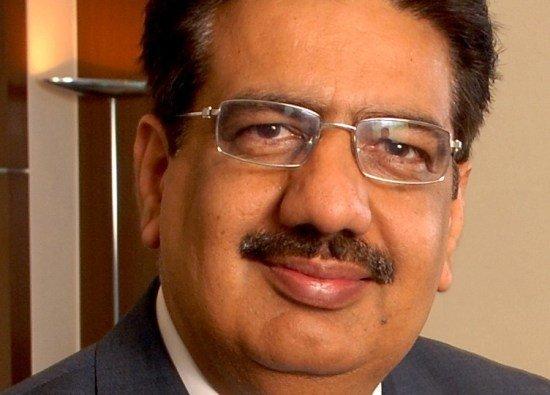Of the Indian Tigers and Chinese Dragons

While there are plenty of indications that the techno power is likely to shift from the West to the East, the weathercock has yet to crow in the winds of change. Both India and China have yet to charter a long way between the cup and the lip. Yes, the economic fundamentals of both nations, with their enormous populations of young workers and consumers, do point to strong growth for decades under almost every forecast. But financial crashes, coups, political strife, and mismanagement have doomed many other miracle economies from Southeast Asia to Latin America. As I've mentioned before, the same large populations that today are counted on as a demographic advantage in both countries could prove to be a double-edged sword if social, political, and environmental challenges are not deftly managed.
To get into specifics, both countries have paid a steep ecological price for rapid industrial and population growth, with air and water pollution claming millions of lives every year. The enforcement of environmental laws in both countries is poor. While investment in clean technology and water savings is a growing concern, topping the priority lists of many companies, the numbers still leave cause for concern. In fact, a growing scarcity of water in both countries could slow industry within two decades. Reform within the political systems is another necessity. The gap between the rich and poor is growing in both nations, underscored by the corruption and lack of balance between growth and the corresponding infrastructure. If sustainability is the key to success, then ensuring that the growth story percolates across levels of society is essential. Perhaps the biggest worry, however, will be over health. China has inadequate medical care for its rapidly aging population. In 20 years, the nation will have an estimated 300 million people aged 60 or older. Yet only one in six Chinese workers now has a pension plan, and just 5% have guaranteed medical benefits. What's more, many retirees will not be able to rely on children for support. Beijing promises to build a broader safety net, but adequate health care and pensions could consume a huge portion of GDP and deplete China's economic strength in the future. Both nations also could face full-blown crises with AIDS, tuberculosis, avian flu, and other infectious diseases, and their health systems have been slow to mobilize. At least 5 million Indian adults are infected with HIV, one of the world's highest rates outside sub-Saharan Africa.
So while both the nations are destined to fly, how high they will soar will depend on the amount of baggage they are willing to shed or carry. It's no small decision for the ripple effect will spread across the world at large.

